RFID is a non-contact automatic identification technology, which automatically identifies target objects and obtains relevant data through radio frequency signals. Because the RFID tag communicates with the reader in a contactless way, there is a spatial wireless channel.
If we want to achieve secure, reliable, and effective data communication, RF tags and readers must abide by the mutually agreed communication protocols. Otherwise, they will not understand what the other side says, and will not be able to keep pace with each other, thus making the data communication impossible.
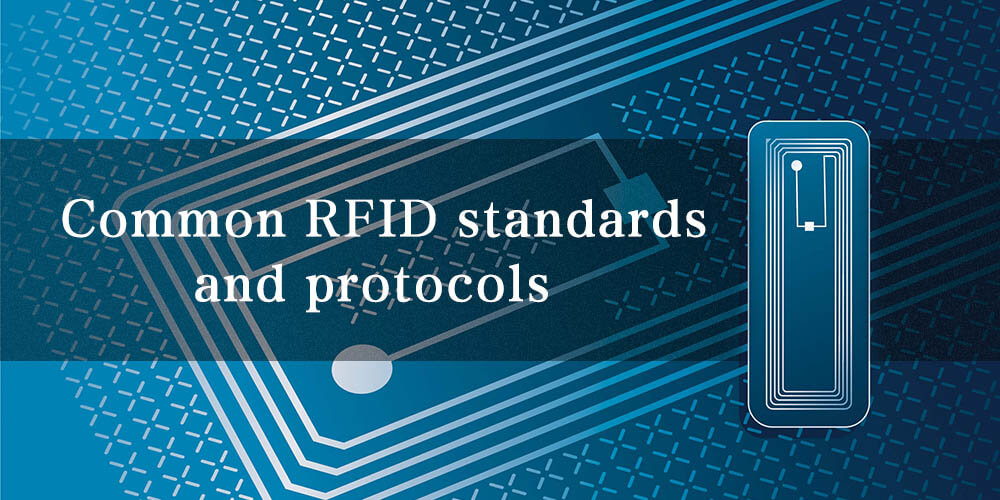
RFID standards and protocols are the basis of RFID chip design. At present, the common international RFID standards and protocols are ISO/IEC 18000, ISO11784, ISO11785, ISO/IEC 14443, ISO/IEC 15693, EPC Gen2, etc.
1、ISO/IEC 18000 Series
ISO/IEC 18000 series standards are most eye-catching among RFID wireless interface standards, which cover the communication frequency from 125 kHz to 2.45GHz, with reading distances ranging from a few centimeters to dozens of meters, mainly passive tags but also active tags for containers. There are seven standards with the ISO 18000 series as follows:
- 18000–1: Generic parameters for air interfaces for globally accepted frequencies
- 18000–2: Air interface for 135 kHz
- 18000–3: Air interface for 13.56 MHz
- 18000–4: Air interface for 2.45 GHz
- 18000–5: Air interface for 5.8 GHz
- 18000–6: Air interface for 860 MHz to 930 MHz
- 18000–7: Air interface at 433.92 MHz
2、ISO 11784/11785 (134.2 kHz)
ISO 11784 and ISO 11785 are international standards that regulate the RFID of animals, which is usually accomplished by implanting, introducing, or attaching a transponder containing a microchip to an animal.
ISO 11784- Code Structure
ISO 11784 specifies the structure of the identification code, including transponder data transmission method and reader specification, working on 134.2 kHz.
ISO 11785- Technical Standard
ISO 11785 specifies how a transponder is activated and how the stored information is transferred to a transceiver.
RFID tags from different manufacturers can be read using a common reader according to this standard. Besides, transponder size is not specified in the standard, so it can be designed in a variety of shapes to suit different animals, such as glass tubes, earmarks, or collars.
3、ISO/IEC 14443 (13.56 MHz)
ISO/IEC 14443 is one of a series of International Standards describing the parameters for identification cards as defined in ISO 7810 and the use of such cards for international interchange.
ISO/IEC14443 protocol is divided into two types: TypeA & TypeB, both operating at 13.56 MHz (RFID HF). They are close-reading protocols. Label read-write distance is 0~10cm. The main difference between A and B lies in their modulation, coding schemes, and anti-collision methods.
ISO/IEC 14443A
Strong anti-interference ability but poor power stability, mainly used in the field of transportation, urban construction access cards, bus cards, and small stored value consumption cards, with a high market share.
ISO/IEC 14443B
Good stability, high security, but relatively vulnerable to external environment interference. Because the encryption coefficient is relatively high, it is more suitable for CPU card, generally used for ID card, passport, bank card, etc.
4、ISO/IEC 15693(13.56 MHz)
ISO/IEC 15693 is a long-distance reading protocol and also a popular HF (13.56 MHz) standard for High RFIDs widely used for non-contact smart payment and credit cards.
It is compatible with ISO 18000-3 and allows long-distance communication. The maximum reading distance is 100mm, and the application is more flexible. It widely used in production automation, medical management, jewelry inventory, asset management, parking management and product anti-counterfeiting, access control, asset management, logistics & supply chain, library management, etc.
5、EPC Gen2 (860~960 MHz)
EPC Gen2 is the second generation standard of the Class1UHF RFID air interface developed by EPCglobal. The standard is similar to ISO18000-6. EPC Gen2 was approved by ISO in 2006 and incorporated into the ISO standard system known as ISO 18000-6C.
ISO 18000-6C (EPC Gen2) protocol is the most widely used protocol in medium and long-distance. Tags under the EPC Gen2 protocol can be read and written repeatedly, and have a good confidentiality performance.
6、RFID Standards Sheet
| RFID Standard | Detail |
|---|---|
| ISO 10536 | ISO RFID standard for close-coupled cards |
| ISO 14223 | Radiofrequency identification of animals – Advanced transponder |
| ISO 11784 | ISO RFID standard that defines the way in which data is structured on an RFID tag.s |
| ISO 11785 | ISO RFID standard that defines the air interface protocol. |
| ISO 14443 | ISO RFID standard that provides the definitions for air interface protocol for RFID tags used in proximity systems – aimed for use with payment systems |
| ISO 15459 | Unique identifiers for transport units (used in supply chain management) |
| ISO 15693 | ISO RFID standard for use with what are termed vicinity cards |
| ISO 15961 | ISO RFID standard for Item Management (includes application interface (part 1), registration of RFID data constructs (part 2), and RFID data constructs (part 3). |
| ISO 15962 | ISO RFID standard for item management – data encoding rules and logical memory functions. |
| ISO 16963 | ISO RFID standard for item management – unique identifier of RF tag. |
| ISO 18000 | ISO RFID standard for the air interface for RFID frequencies around the globe |
| ISO 18001 | RFID for item management – application requirements profiles. |
| ISO 18046 | RFID tag and interrogator performance test methods. |
| ISO 18047 | The ISO RFID standard that defines the testing including conformance testing of RFID tags and readers. This is split into several parts that mirror the parts for ISO 18000. |
| ISO 18185 | This is the industry standard for electronic seals or “e-seals” for tracking cargo containers using the 433 MHz and 2.4 GHz frequencies. |
| ISO 18092 | Information technology—Telecommunications and information exchange between systems—Near Field Communication—Interface and Protocol (NFCIP-1) |
| ISO 21481 | Information technology—Telecommunications and information exchange between systems—Near Field Communication Interface and Protocol −2 (NFCIP-2) |
| ISO 24710 | Information technology, automatic identification, and data capture techniques – RFID for item management – Elementary tag license plate functionality for ISO 18000 air interface. |
| ISO 24729 | RFID implementation guidelines – part : RFID enabled labels; part 2: recyclability of RF tags; part 3: RFID interrogator / antenna installation. |
| ISO 24730 | RFID real-time locating system: Part 1: Application Programming Interface (API); Part 2: 2.4 GHz; Part 3: 433 MHz; Part 4: Global Locating Systems |
| ISO 24752 | System management protocol for automatic identification and data capture using RFID |
| ISO 24753 | Air interface commands for battery assist and sensor functionality |
| ISO 24769 | Real Time Locating System (RTLS) device conformance test methods |
| ISO 24770 | Real Time Locating System (RTLS) device performance test methods |
| ISO 28560-2 | Specifies encoding standards and data model to be used within libraries |
| ASTM D7434 | Standard Test Method for Determining the Performance of Passive Radio Frequency Identification (RFID) Transponders on Palletized or Unitized Loads |
| ASTM D7435 | Standard Test Method for Determining the Performance of Passive Radio Frequency Identification (RFID) Transponders on Loaded Containers |
| ASTM D7580 | Standard Test Method for Rotary Stretch Wrapper Method for Determining the Readability of Passive RFID Transponders on Homogenous Palletized or Unitized Loads |
RFID standards play a vital role in the development of RFID, providing a real driving force for the entire RFID ecosystem to flourish. If you want to know more information on RFID standards and protocols or on all things RFID, feel free to contact us.
Relevant articles
- What are the Different Types of RFID Tags
- NFC vs. RFID: What’s the Difference Between Them?
- How to Print RFID Tags?
- 13 Cool Things You Can Do Using RFID for Event
- NFC Beginner’s Guide: All You Need to Know About NFC
- What is RFID Smart Card?
- ISO/IEC 15693 protocol radio frequency identification standard
- LF, HF, UHF Frequency: What’s the difference

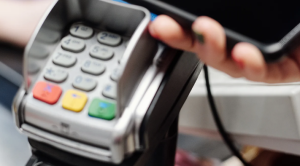
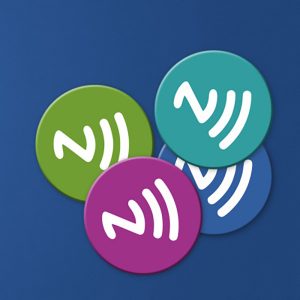

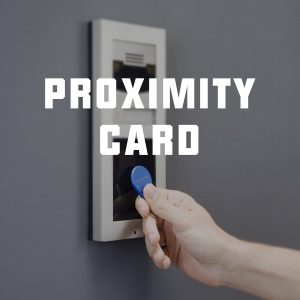

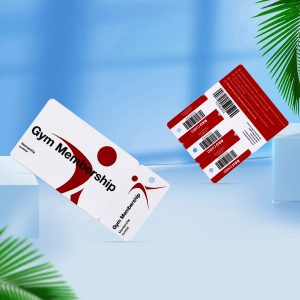
hi, i cant find a difference between rfid and uid can u explain that for me?
UID is the unique identification code of an RFID chip.